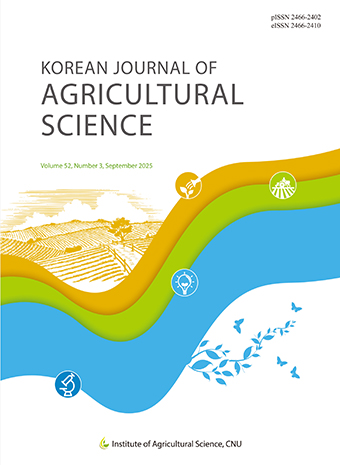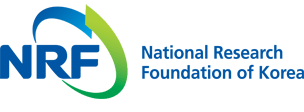Abstract
References
Sorry, not available.
Click the PDF button.
Information
Land-use change has an important role in the hydrologic characteristics of watersheds because it alters various hydrologic components such as interception, infiltration, and evapotranspiration.
For example, rapid urbanization in a watershed reduces infiltration rates and increases peak flow which lead to changes in the hydrologic responses. In this study, a physical hydrologic model the soil and water assessment tool (SWAT) was used to assess long-term continuous daily streamflow corresponding to land-use changes that occurred in the Naesungchun river watershed. For a 30-year model simulation, 3 different land-use maps of the 1990s, 2000s, and 2010s were used to identify the impacts of the land-use changes. Using SWAT-CUP (calibration and uncertainty program), an automated parameter calibration tool, 23 parameters were selected, optimized and compared with the daily streamflow data observed at the upstream, midstream and downstream locations of the watershed. The statistical indexes used for the model calibration and validation show that the model performance is improved at the downstream location of the Naesungchun river. The simulated streamflow in the mainstream considering land-use change increases up to -2 - 30 cm compared with the results simulated with the single land-use map. However, the difference was not significant in the tributaries with or without the impact of land-use change.
Click the PDF button.
- Publisher :Institute of Agricultural Science, Chungnam National University
- Publisher(Ko) :충남대학교 농업과학연구소
- Journal Title :Korean Journal of Agricultural Science
- Journal Title(Ko) :농업과학연구
- Volume : 48
- No :3
- Pages :629 ~ 642
- DOI :https://doi.org/10.7744/kjoas.20210053



 Korean Journal of Agricultural Science
Korean Journal of Agricultural Science









